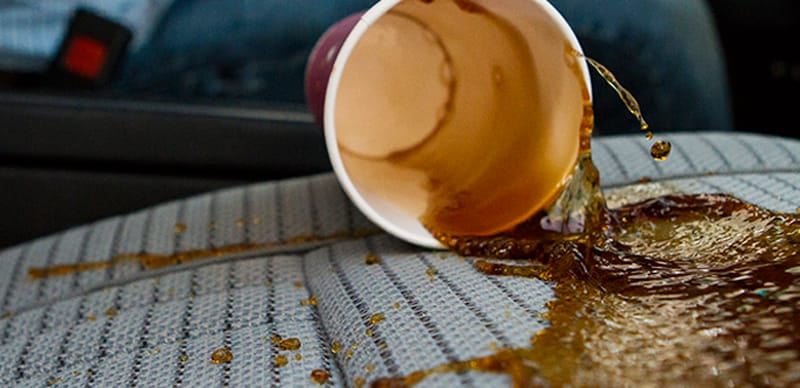At Dr. Beasley’s, we know there’s a lot of advice out there regarding summer car care. Most of the available information deals with air conditioning, tire pressure, and other exterior-oriented suggestions.
All of those topics are definitely important, but we’re here to offer a different angle on summer car care: interior care. We’ll break down the best methods regarding how to clean your car interior.
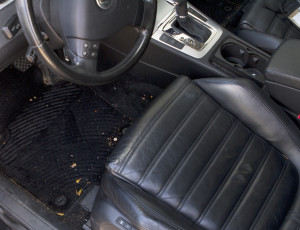
Cleaning
You might think cleaning is a pretty elementary topic and that you know how to do it. Yes, you know the basics, but this part of the series exists to give you detailed information that will help your interior reach a new level of cleanliness.
Why Summer is Different
Car interior cleaning is crucial year round, but it’s especially important in the summer. Interior temperatures can be dangerously high, and bacteria love heat. The hotter it is, the faster those little buggers flourish. When you spill something in summer, have a wet dog, or someone vomits in your car, those accidents will smell rancid exponentially faster than they would in colder months.
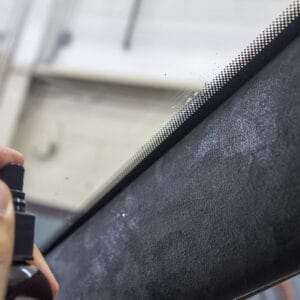
Type of Spill or Stain
Spills and stains generally fall into one of two categories: organic or inorganic. Organic stains are biological and non-chemical.
Say you’re wearing shorts because that’s what people do in summer. You’re hot and sweaty because the sun is beating down on you in your car, and even if the air conditioning is cranked up, you’re gonna get some of that sweat onto your car’s interior. Sweat is an organic stain. Food, drink, and pet residue are also organic messes.
Now, what if your awesome summer shorts happen to be new jean shorts, or “jorts”, as the cool kids call them? Your stunning legs will inevitably get a little moist in those jorts and then you’ve got blue dye transfer all of your seats. That’s an inorganic stain. Other examples include motor oil, ballpoint pen ink, or shoe polish. These blemishes require cleansers with a specific chemical makeup.
What to Use
Inorganic stains can be tough to remove, because much of the filth that falls into this category is petroleum based. Petroleum is a fairly heavy and aggressive substance. You need a product that’s tough enough to attack the inorganic stain without ruining the surface on which the stain lies. Products that gently but effectively degrease are an absolute must.
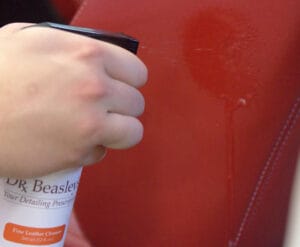
Organic stains can often be removed with household products like baby wipes (if, for example, you spill food on vinyl seats). Sometimes though, you need a more specific abstergent. If your interior is leather, keep an everyday leather cleanser and a clean microfiber in your car. This type of product can also be used on vinyl. Using a cleaner that isn’t designed for leather can damage it.
If you have cloth upholstery, you have more flexibility when it comes to cleaning products because cloth is less sensitive than leather. However, cloth is much more porous and absorbent than leather, so it’s important to kill bacteria caused by an organic mess with an enzyme based cleaner. Enzyme based cleaners cause a reaction with the spill that breaks down the starches and proteins present in organic messes.
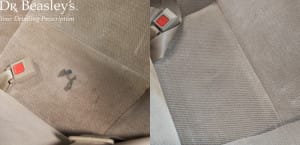
More to Come
Now you know how to properly obliterate different types of interior messes. As our focus on your car’s interior continues, we will examine the best practices for conditioning and protecting. Keep your eyes peeled for parts II & III of this summer series!

